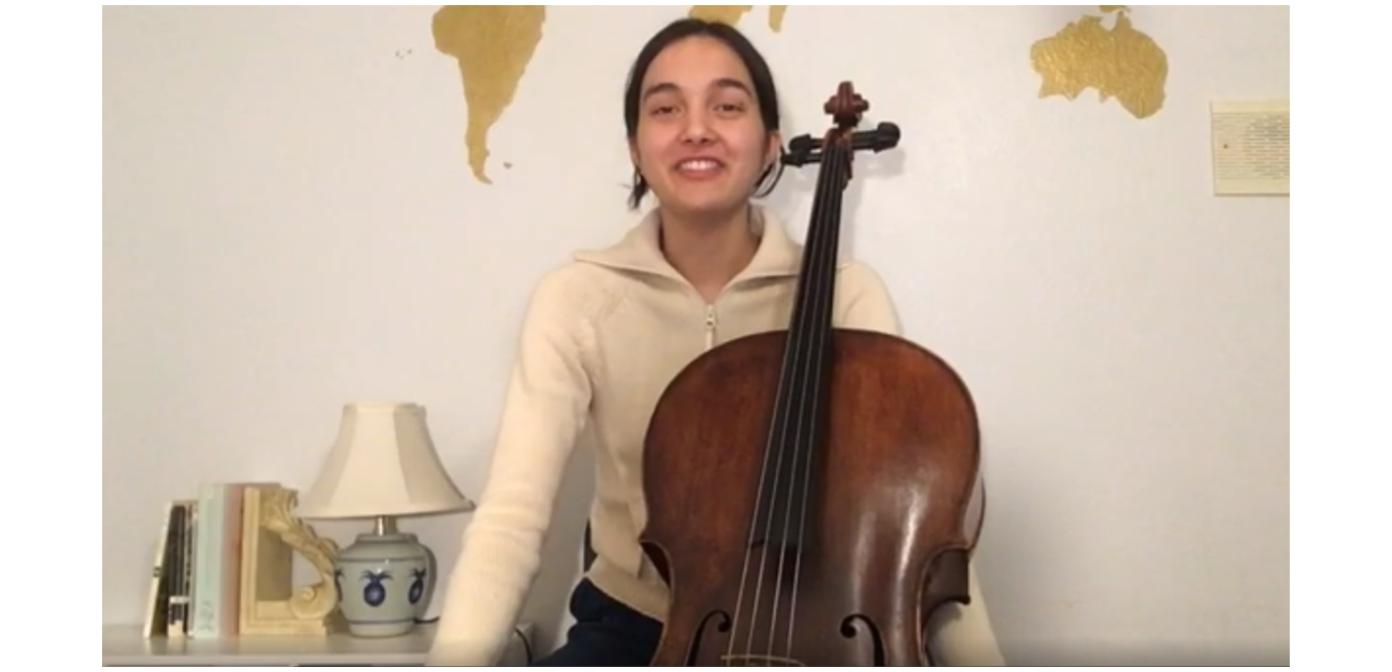Solutions for a Resonant Sound
In this video, cellist and Co-founder Claire Druffner walks us through how to practice a resonant sound.
Many of us struggle with pressing too hard in order to create a good sound. Signs of a pressed sound include a tight, almost strangled sound, as well as the arm forcing itself down vertically.
Instead, it is helpful to focus on consistently ensuring the release of each note, ring of the instrument, and contact of the bow.
First, with long tones on one note, experiment by holding the bow lightly and drawing the bow across the string with as little weight as possible. This way, you are ensuring that you are not over-pressing.
Now, the bow might not be tracking on the bow, or the bow might just fall off of the strings. This is where element of "contact of the bow" comes in. Think of the sound as a "slow bow" sound; one in which your arm sits in the string, no matter the bow speed. Focus on ensuring that the bow maintains a consistent contact point from frog to tip by following through with a light but level and consistent arm.
Second, listen for the ring of the note. You can identify this ring by playing an open string or harmonic. The ring that you hear after playing an open string is the ring you want to hear inside of every note. This ring can sound like a humming or spinning sound.
Now, the sound might sound beautiful but small and weak. This is when you can experiment by managing the variables of release and contact.
Any sound will require a release at its start. This release is shown in a "ya" sound. Or, imagine the release in terms of singing. Often, the beginning of the note is a little louder and breathier to allow the resulting sound to resonate. With release, the sound can sit inside of itself.
When experimenting for a more strong sound, increase the release of the note and deepen the contact of the string. For a weaker sound, decrease the release and lighten the contact.
Do you have practice solutions for a resonant sound? Tag us in your video this week sharing your solutions and progress. Use #practicenotes and the title "Week 3" so we are sure to see your video! You can tag us anywhere on Youtube @PracticeNotes or Instagram @project.practicenotes. Videos will be featured on our website and Instagram.
THANK YOU so much for watching and happy practicing!
